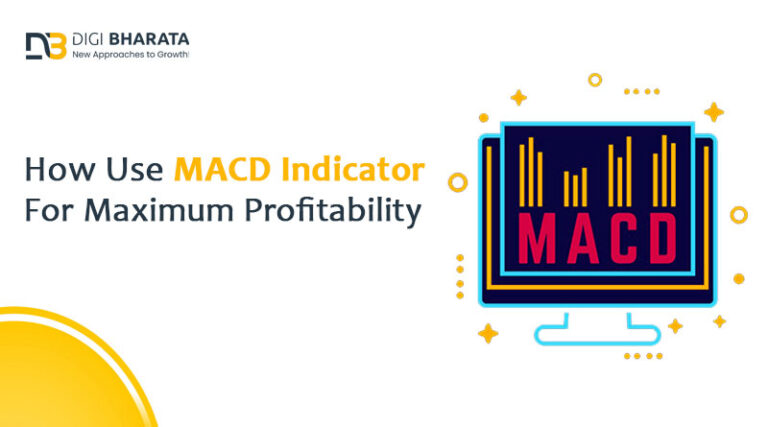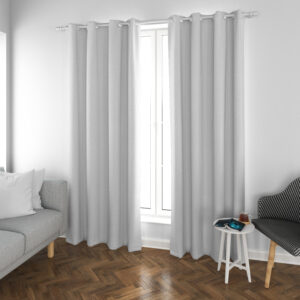There are four different types of product futures contracts available for trading.
These include
- Interest rates
- Indices
- Commodities and
- Equity indices (stocks)
The first three options can be traded by retail investors, while the latter is exclusive to institutional investors such as insurance companies and pension funds.
This article focuses on equity futures, which will be explained in more detail below.
Futures Contract Definition
It is an agreement between two parties to buy or sell a standardised quantity of underlying assets at a particular price on a specific day in the future.
The underlying assets can vary depending on what you want to trade – you could choose from gold, oil, indices, stocks, etc.
What Are Equity Futures?
An equity future is a type of financial derivative that enables you to trade on the value of an underlying stock. P 500 or Nikkei 225 futures are just two examples.
By trading these derivatives, investors have the opportunity to profit from price movements in either direction—up or down.
An essential feature of these products is that they give retail investors access to individual stocks that may be difficult to buy with one lump sum.
It differs from stock options, where it is possible to gain exposure by spending about US$5-10 per contract.
Security
Like other contracts traded on the Hong Kong Stock Exchange (HKSE), all equity futures must be backed by security. In the equity futures market, this means that all contracts will have a listed stock on which it is based. It makes sense, as derivative trades are essentially bets on how a particular stock will perform – you would defeat the purpose of buying an option if your bet were based on an underlying asset that was not actually what you thought!
In addition to standardised quantities and expiration dates, most equity derivatives also have preset delivery prices. It ensures traders do not get ripped off by brokers who front-run them.
A broker buys shares for their account before filing a client’s order at a higher price, thus making a profit; using predetermined prices helps remove ambiguity from the equation, so traders know what they are buying.
Equity futures are also helpful for hedging purposes, for example, for a business owner is concerned about the prospect of a market crash.
By purchasing a put option, you can guarantee that if their stock falls below a specific price threshold, they will be able to sell at this pre-defined level and minimise their loss.
Modes of Trading
Futures contracts can either be traded by physical delivery or cash settlement.
It refers to how the contract works – whether you have to deliver an amount of stock or money when it expires.
The main difference between these two is the period during which you can trade them.
Physical delivery
You buy and sell before expiry, whereas cash settlement involves dealing with the contract after it expires.
Cash settlement
It’s like buying stocks on margin – you are borrowing money from the market to trade with. You will make or lose money depending on whether your bet pays off in either direction. It will pay up if the value of the stock increases, and down if it decreases.
The good thing about this kind of trading is that there is no need to pay for any shares when they expire.
Physical delivery involves transferring ownership of an asset when the contract expires. If you buy a futures contract with 100 shares of XYZ Company, for instance, you automatically own them when they expire.
Physical delivery is beneficial for traders who believe prices will drop, as they can lock in their purchase price by selling contracts ahead of time.
Equity futures are traded through the same methods. Nothing is preventing traders from using both equity derivatives together if they believe this will increase their returns.
Thanks to the advent of technology, many brokers now offer meager commissions for online trading.






















+ There are no comments
Add yours